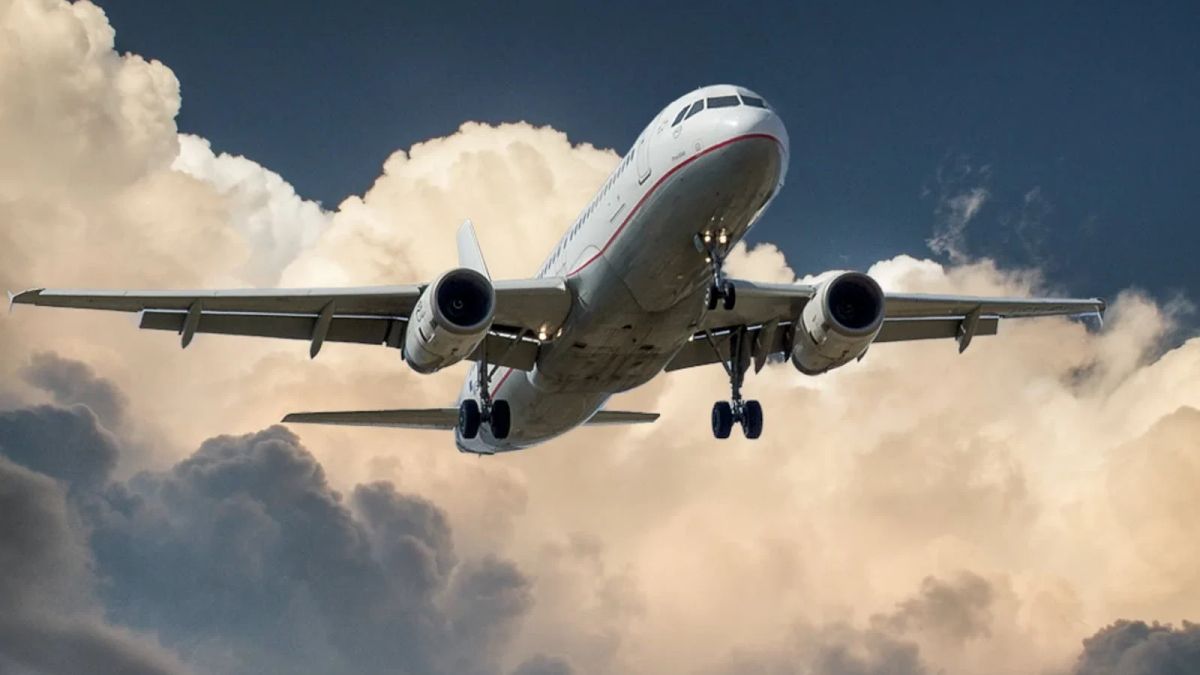JAKARTA - The slow departure, loss of baggage, or long queues at the flight's security checkpoints has presented various challenges. However, scientists are now showing greater concerns: an increase in turbulence violence that could lead to sudden height changes and serious injuries.
Researchers from the UK have found that turbulence violence has increased by 55 percent since 1979, and is likely to become increasingly common as our planet's global warming.
Global warming causes disruption to fast-moving air current jets that aircraft use to gain additional speed.
More and more airplane passengers record warnings of extreme turbulence using their phones, which resulted in flight attendants and hot drinks scattered. In rare cases, turbulence can even be fatal, as happened earlier this year when it caused the death of a passenger on a private jet.
Tens of thousands of aircraft experience severe turbulence every year, with an estimated cost for the global aviation sector reaching US$1 billion (Rp14.8 trillion) due to injury costs, aircraft structural damage, and flight delays.
The new study was conducted by researchers at the University of Reading and published in the Geophysical Research Letters Thursday, June 8.
"After a decade of research suggesting that climate change will increase turbulence in the clear air in the future, we now have evidence showing that its rise has begun," said study author Professor Paul Williams, quoted by the Daily Mail.
"We should invest in better forecasting and turbulence detection systems, to prevent rougher air from becoming a better flight in the coming decades," he added.
Plane turbulence occurs at well defined locations, such as over a mountain range or near convective storms, and can generally be avoided. However, there is a special type of turbulence called clear air turbulence (clear-water turbulent/CAT) that is not visible, occurring when air masses moving at different speeds meet.
CAT is difficult to observe before the plane passes its path using a remote detection method and is difficult to predict by flight meteorologists.
"The main problem [with CAT] is that you can't see it," said Ramalingam Saravanan, a professor at Texas A&M University Department of Atmospheric Sciences who was not involved in the study.
Efforts to increase forecasting and turbulence detection are becoming more important in the face of climate change and increased turbulence violence. With a better understanding of the factors affecting turbulence, aviation experts can develop more effective systems to alert flight crews and passengers about potentially dangerous conditions.
The study also highlights the need for more serious climate change mitigation measures to mitigate negative impacts on aviation transport and safety. Efforts to reduce greenhouse gas emissions and limit global warming can help maintain the stability of streaming jets and reduce the risk of more severe turbulence in the future.
Changes in turbulence violence serve as a warning to the aviation industry and the scientific community that climate change not only has an impact on the environment, but also on human infrastructure and safety. In the face of these challenges, collaboration between researchers, aviation engineers, and industry interested parties will be key in finding effective solutions.
Safe and comfortable flight remains a top priority, and with a better understanding of turbulence and its impacts, we can take steps to increase future warnings, protections and risk management of turbulence.
The English, Chinese, Japanese, Arabic, and French versions are automatically generated by the AI. So there may still be inaccuracies in translating, please always see Indonesian as our main language. (system supported by DigitalSiber.id)










